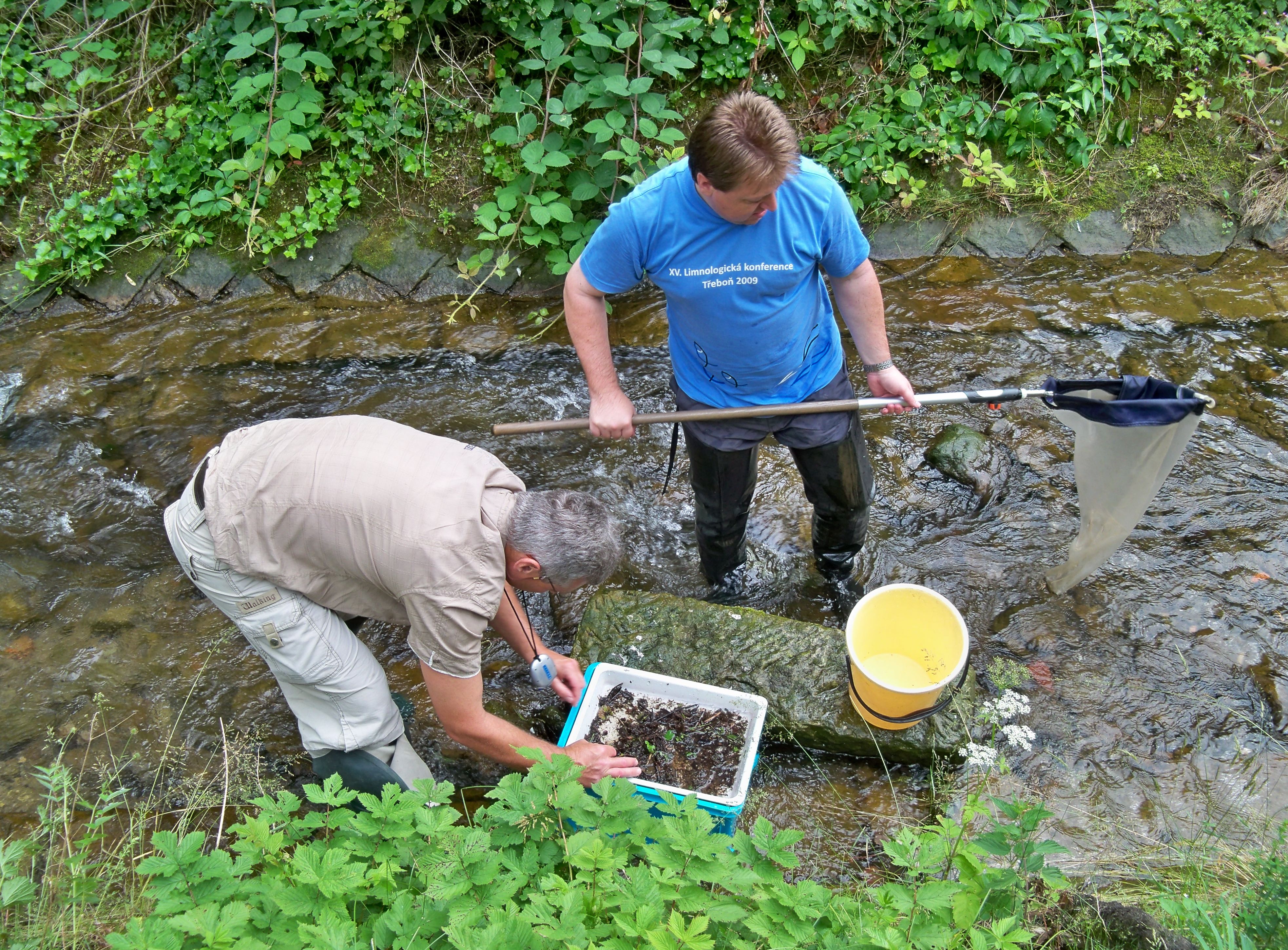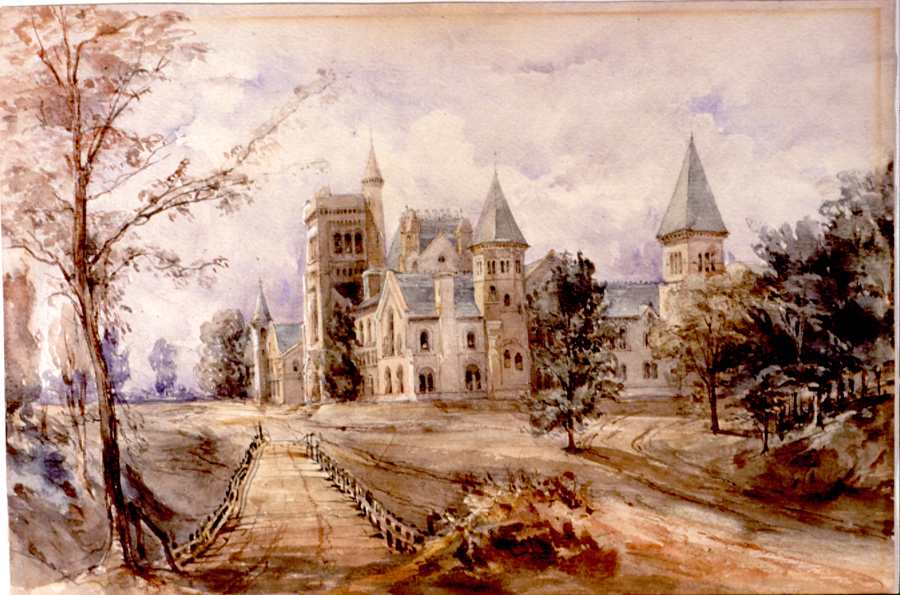|
Jean Briggs
Jean L. Briggs (May 28, 1929 – July 27, 2016) was an American-born anthropologist, ethnographer, linguist, and professor emerita at Memorial University of Newfoundland. Her best known works included the 1970 landmark book ''Never in Anger: Portrait of an Eskimo Family'', based on 18 months of research and field work in Inuit communities on the Arctic coast during the 1960s. Biography Briggs was born in Washington, D.C., on May 28, 1929, the eldest of four children of Margaret (née Worcester) and Horace W. Briggs, member of the clergy of The New Church, also known as Swedenborgianism. She was raised in the state of Maine and Newton, Massachusetts. Jean Briggs received her bachelor's degree from Vassar College in 1951. She then completed a master's degree from Boston University in 1960 and her Ph.D. from Harvard University in 1967. In 1967, Briggs moved to the Canadian province of Newfoundland and Labrador and joined the Department of Anthropology at Memorial University in ... [...More Info...] [...Related Items...] OR: [Wikipedia] [Google] [Baidu] |
Master's Degree
A master's degree (from Latin ) is a postgraduate academic degree awarded by universities or colleges upon completion of a course of study demonstrating mastery or a high-order overview of a specific field of study or area of professional practice. A master's degree normally requires previous study at the bachelor's degree, bachelor's level, either as a separate degree or as part of an integrated course. Within the area studied, master's graduates are expected to possess advanced knowledge of a specialized body of theoretical and applied topics; high order skills in analysis [...More Info...] [...Related Items...] OR: [Wikipedia] [Google] [Baidu] |
Honorary Doctorate
An honorary degree is an academic degree for which a university (or other degree-awarding institution) has waived all of the usual requirements. It is also known by the Latin phrases ''honoris causa'' ("for the sake of the honour") or '' ad honorem '' ("to the honour"). The degree is typically a doctorate or, less commonly, a master's degree, and may be awarded to someone who has no prior connection with the academic institution or no previous postsecondary education. An example of identifying a recipient of this award is as follows: Doctorate in Business Administration (''Hon. Causa''). The degree is often conferred as a way of honouring a distinguished visitor's contributions to a specific field or to society in general. Honorary doctorates are purely titular degrees in that they confer no rights on the recipient and carry with them no formal academic qualification. As such, it is always expected that such degrees be listed in one's curriculum vitae (CV) as an award, an ... [...More Info...] [...Related Items...] OR: [Wikipedia] [Google] [Baidu] |
Siberian Yupik
Siberian Yupiks, or Yuits (), are a Yupik peoples, Yupik people who reside along the coast of the Chukchi Peninsula in the far Russian Far East, northeast of the Russia, Russian Federation and on St. Lawrence Island in Alaska. They speak Siberian Yupik language, Central Siberian Yupik (also known as Yuit), a Yupik language of the Eskimo–Aleut family of languages. They are also known as Siberian or Eskimo (). The name Yuit (юит, plural: юиты) was officially assigned to them in 1931, at the brief time of the campaign of support of Indigenous cultures in the Soviet Union. Their self-designation is Yupighyt (йупигыт) meaning "true people". Sirenik Eskimos also live in that area, but their extinct language, Sireniki Eskimo language, Sireniki Eskimo, shows many peculiarities among Eskimo languages and is mutually unintelligible with the neighboring Siberian Yupik languages. [...More Info...] [...Related Items...] OR: [Wikipedia] [Google] [Baidu] |
Alaska
Alaska ( ) is a non-contiguous U.S. state on the northwest extremity of North America. Part of the Western United States region, it is one of the two non-contiguous U.S. states, alongside Hawaii. Alaska is also considered to be the northernmost, westernmost, and easternmost (the Aleutian Islands cross the 180th meridian into the eastern hemisphere) state in the United States. It borders the Canadian territory of Yukon and the province of British Columbia to the east. It shares a western maritime border, in the Bering Strait, with Russia's Chukotka Autonomous Okrug. The Chukchi and Beaufort Seas of the Arctic Ocean lie to the north, and the Pacific Ocean lies to the south. Technically, it is a semi-exclave of the U.S., and is the largest exclave in the world. Alaska is the largest U.S. state by area, comprising more total area than the following three largest states of Texas, California, and Montana combined, and is the seventh-largest subnational division i ... [...More Info...] [...Related Items...] OR: [Wikipedia] [Google] [Baidu] |
Fieldwork
Field research, field studies, or fieldwork is the collection of raw data outside a laboratory, library, or workplace setting. The approaches and methods used in field research vary across disciplines. For example, biologists who conduct field research may simply observe animals interacting with their environments, whereas social scientists conducting field research may interview or observe people in their natural environments to learn their languages, folklore, and social structures. Field research involves a range of well-defined, although variable, methods: informal interviews, direct observation, participation in the life of the group, collective discussions, analyses of personal documents produced within the group, self-analysis, results from activities undertaken off- or on-line, and life-histories. Although the method generally is characterized as qualitative research, it may (and often does) include quantitative dimensions. History Field research has a long hist ... [...More Info...] [...Related Items...] OR: [Wikipedia] [Google] [Baidu] |
Social Sciences And Humanities Research Council
The Social Sciences and Humanities Research Council of Canada (SSHRC; , CRSH), often colloquially pronounced 'shirk' (), is a Canadian federal research-funding agency that promotes and supports post-secondary research and training in the humanities and social sciences. It is one of three major federal granting agencies (the others being the Natural Sciences and Engineering Research Council and Canadian Institutes for Health Research) that together are referred to as the "Tri-Council" or "Tri-Agency. History Created by an act of the Parliament of Canada in 1977, SSHRC reports to Parliament through the Minister of Innovation, Science, and Economic Development. SSHRC came into existence on 1 May 1978 under the ''Social Sciences and Humanities Research Council Act'' which was passed in an omnibus manner by the government of Pierre Elliot Trudeau. Governance SSHRC creates policy, plans budgets, and directs priorities through a council established by the federal government. Th ... [...More Info...] [...Related Items...] OR: [Wikipedia] [Google] [Baidu] |
University Of Toronto
The University of Toronto (UToronto or U of T) is a public university, public research university whose main campus is located on the grounds that surround Queen's Park (Toronto), Queen's Park in Toronto, Ontario, Canada. It was founded by royal charter in 1827 as King's College, the first institution of higher learning in Upper Canada. Originally controlled by the Church of England, the university assumed its present name in 1850 upon becoming a secular institution. It has three campuses: University of Toronto Mississauga, Mississauga, #St. George campus, St. George, and University of Toronto Scarborough, Scarborough. Its main campus, St. George, is the oldest of the three and located in Downtown Toronto. U of T operates as a collegiate university, comprising 11 #Colleges, colleges, each with substantial autonomy on financial and institutional affairs and significant differences in character and history. The University of Toronto is the largest university in Canada with a t ... [...More Info...] [...Related Items...] OR: [Wikipedia] [Google] [Baidu] |
Utkuhiksalingmiut Inuktitut
Utkuhiksalik, also known as Utkuhikhalik, Utkuhikhaliq, Utkuhiksalingmiutitut, Utkuhiksalingmiutut,Briggs, J. L. (1970), Never in anger. Portrait of an Eskimo family. Harvard University Press. Utkuhiksalingmiut Inuktitut, Utku,, or the Gjoa Haven dialect, is a sub-dialect of Natsilingmiutut (''Nattiliŋmiut'') dialect of Inuvialuktun (Western Canadian Inuit or Inuktitut) language once spoken in the Utkuhiksalik (ᐅᑦᑯᓯᒃᓴᓕᒃ Chantrey Inlet) area of Nunavut, and now spoken mainly by elders in Uqsuqtuuq (or Uqšuqtuuq ᐅᖅᓱᖅᑑᖅ Gjoa Haven) and Qamani'tuaq (ᖃᒪᓂ‛ᑐᐊᖅ Baker Lake) on mainland Canada. It is generally written in Inuktitut syllabics. The traditional territory of the Utkuhiksalingmiut / Utkuhikhalingmiut / Ukkusiksalingmiut / Utkusiksalinmiut / Ukkuhikhalinmiut (meaning "the people of the place where there is soapstone" or "people who have cooking pots") people lay between Chantrey Inlet and Franklin Lake. They made their pots (''utku ... [...More Info...] [...Related Items...] OR: [Wikipedia] [Google] [Baidu] |
Inuktitut
Inuktitut ( ; , Inuktitut syllabics, syllabics ), also known as Eastern Canadian Inuktitut, is one of the principal Inuit languages of Canada. It is spoken in all areas north of the North American tree line, including parts of the provinces of Newfoundland and Labrador, Quebec, to some extent in northeastern Manitoba as well as the Northwest Territories and Nunavut. It is one of the aboriginal languages written with Canadian Aboriginal syllabics. It is recognized as an official language in Nunavut alongside Inuinnaqtun and both languages are known collectively as ''Inuktut''. Further, it is recognized as one of eight official native tongues in the Northwest Territories. It also has legal recognition in Nunavik—a part of Quebec—thanks in part to the James Bay and Northern Quebec Agreement, and is recognized in the Charter of the French Language as the official language of instruction for Inuit school districts there. It also has some recognition in NunatuKavut and Nunatsiavu ... [...More Info...] [...Related Items...] OR: [Wikipedia] [Google] [Baidu] |
Chantrey Inlet
Chantrey Inlet (''Tariunnuaq'') is a bay on the Arctic coast of Canada. It marks the southeast "corner" where the generally east–west coast turns sharply north. To the west is the Adelaide Peninsula and to the east is mainland. King William Island shelters it to the northwest. To the west the Simpson Strait separates King William Island from the Adelaide Peninsula. Its mouth is marked by Point Ogle on the west and Cape Britannia on the east. West of Point Ogle is Barrow Bay, Starvation Cove and Point Richardson. The Back River enters from the south. Near its mouth is a weather station on the Hayes River. Montreal Island is contained within the Inlet. It is long and wide at its mouth. Chantrey Inlet is the historical territory of the Utkuhiksalik (''the people of the place where there is soapstone''), nomadic Inuit who lived in snowhouses (igloos) in the winter, tents in the summer, and whose diet centered on trout (lake trout and Arctic char), whitefish, and caribou. In 1 ... [...More Info...] [...Related Items...] OR: [Wikipedia] [Google] [Baidu] |




